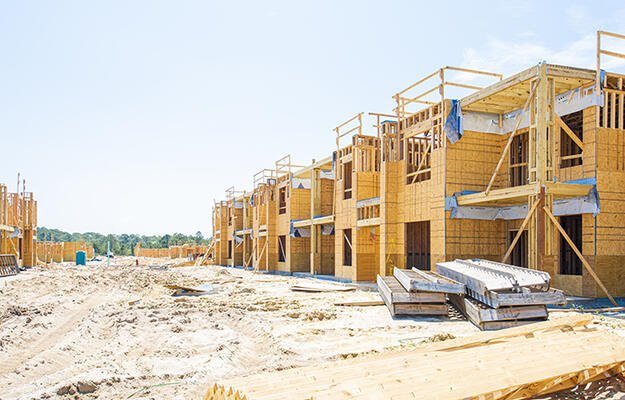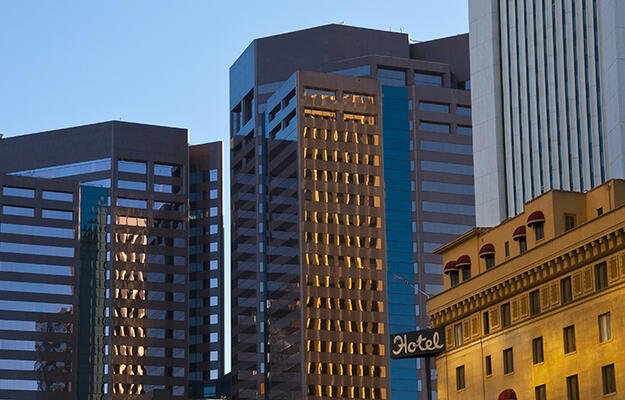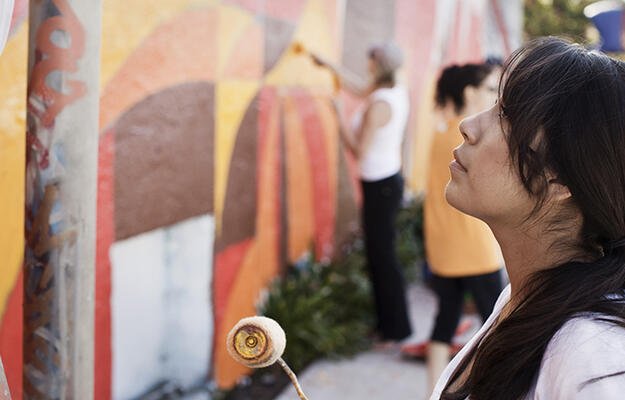
Arts Create Cultural Cohesion in Changing Communities
As community demographics change, developers often face a challenge: how to create and preserve housing and other physical assets that celebrate an area’s unique culture and reflect the needs and values of both the current and future residents.
A study published in Cityscape reported that “microsegregation”—the creation of homogeneous cultural pockets within an otherwise diverse neighborhood—could be combated through greater proximity of various income and cultural groups, starter connections among these groups, or community programming. For example, if housing for a variety of income groups coexists on the same block, interaction between school-age children leads to interaction among their parents. Or perhaps a community organization can facilitate connections by holding low-cost events that appeal to broad segments of the population.
In changing neighborhoods, the arts can be a powerful way to get conversations started and weave together a community’s diverse cultures.
Housing and community development organizations across the country are using art projects and festivals to bring diverse groups together while also helping emerging or underrepresented populations showcase their cultures within the wider community. These projects offer people of different races, cultures, and incomes —people who otherwise might rarely interact—the opportunity to combine their talents in service of the whole community.
Some such projects have been spearheaded by young architects as part of their work through Enterprise Community Partners’ Rose Architectural Fellowship.
“Creative place making is a hot term right now, but I am a firm believer that art can be a catalyst for the conversation that needs to take place within the community before affordable housing is built,” says Mark Matel, a former Rose fellow who is now a real estate development project manager at Nuestra Comunidad Development Corporation in Roxbury, Massachusetts. “We need to build with the community rather than for the community, and art can help that conversation.”
He is one of several current and former Rose fellows who have used art to engage diverse income and cultural groups in communities where new affordable housing is being built.
Bartlett Place, Roxbury, Massachusetts
Matel’s Rose fellowship project from 2012 to 2014 involved community engagement at Bartlett Place, a project that is turning a former bus yard into a “creative village” with both affordable housing and commercial space, as well as a charter school focused on the arts.
Matel invited artists and local residents to share their talents ahead of the site’s demolition using supplies provided through private donations. The project will leave one wall of the new housing development blank—a structural palette on which artists can paint tributes to the former bus yard, which had deep roots in the community.
“Our arts project was to help build community support of the development while waiting to finalize funding, as well and promote conversation about the development to get a sense of what community members wanted,” Matel says.
Hirabayashi Place, Seattle, Washington
Former Rose fellow Joann Ware, now an architect at Interim CDA in Seattle where she did her fellowship, is working on Hirabayashi Place. The development, which will include 96 units of workforce housing, is scheduled to open in December. It takes its name from Gordon Hirabayashi, a Japanese American who fought—and lost—a U.S. Supreme Court case charging that the U.S. internment camps for people of Japanese ancestry during World War II were discriminatory and unconstitutional. His wartime convictions for resisting the curfew and evacuation orders imposed on Japanese Americans would not be dismissed until four decades later.
Community conversations determined that while Hirabayashi’s story was a source of great pride for older members of the community, its younger members knew little about him. Ware organized a workshop at which area children painted pictures about their heritage; she now is raising funds to hire local artists to create public art installations depicting the history of Japanese American culture.
“When the Japanese Americans were incarcerated, the neighborhood was cleaned out,” Ware says. “This project contributes to the revitalization, and it’s lifting up the cultural history.”
The idea surfaced during a committee discussion on social justice and affordable housing. Social advocates and people who will live in the housing developed the innovative approach.
“This is inspired by the people involved,” Ware says.
Santa Domingo Heritage Trail Arts Project, Santo Domingo Pueblo, New Mexico
Santa Domingo Pueblo sits near a rail station between Santa Fe and Albuquerque. However, residents of the Santa Domingo tribe have no safe pedestrian access to the train station, which means they cannot easily transport their work to sell at galleries and fairs. Likewise, tourists have trouble getting to the pueblo.
Joseph Kunkel, a member of the First Nations and a Rose fellow, says one of the first steps taken when deciding how to address the problem was to “hire five artists to talk about and emphasize how art is so crucial and important to the culture of the community.”
As a result of this and other efforts, the Santo Domingo Tribal Housing Authority is building an affordable housing complex and a pedestrian walkway to connect the community with the train station. The new development will include artist studios and office space with internet access and training to help artists sell their work online. The pathway will feature works by local artists—presenting an especially significant opportunity for the area: two of three adult residents make their living as artists.
Once complete, the project will provide another example of how art can bind communities together and infuse greater meaning in affordable housing.
“People want to be a part of something beautiful in their neighborhood,” says Ware. “I will always keep that in mind.”
Photo credit: Nicholas Wray


